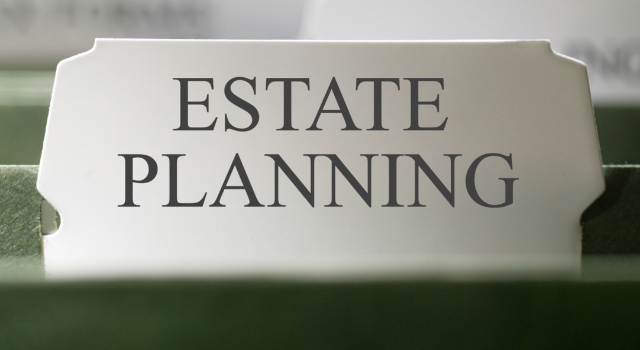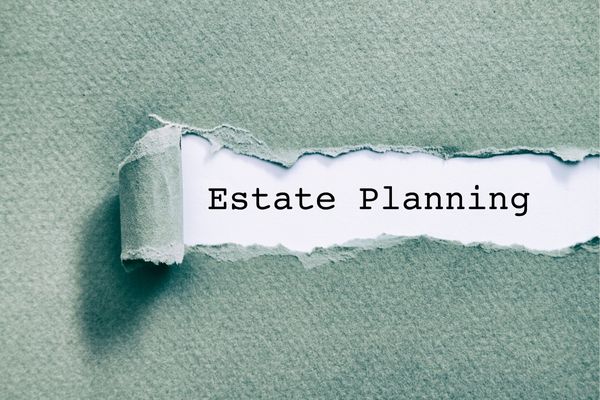
Is Now the Time for an Elder Law Attorney?
September 17, 2021
Essential Elements of an Estate Plan
November 26, 2021Developing and finalizing an estate plan is one of the most important things you can to do protect your assets and legally document your wishes about health care decisions in the event that you are unable to do so.
Once your estate plan is complete, there’s an important step that should not be overlooked. You need to tell family members that you have an estate plan in place and where estate planning documents are located.
If you have not yet developed an estate plan and would like to move forward, we can help. Contact Adam Tobin Law today for a complimentary consultation or call us at 978-725-9083.
An estate plan generally includes four elements: a living trust, a will, a durable power of attorney, and a health care proxy.
Here are some tips for communicating your estate plan to your family.
Proceed on a Need-to-Know Basis
Your estate plan will likely name family members. The person who receives power of attorney is called the agent, the person named in a health care proxy is sometimes called a health care agent, and the person you designate to carry out the terms of your will is called an executor.
These family members above all others will need to know about the existence and location of your estate plan. And of course, you’ll have already informed them when you started the estate planning process.
You might also want to inform members of your immediate family who are not named as agents in your estate plan. Outside of your immediate next-of-kin like your spouse or children, use your discretion when sharing information about your estate plan. The people who need to know are your immediate family members.
Avoid using email when letting your family members know details about your estate planning documents. Have a conversation in person or over the phone. Standard email is not safe for communicating personal information like an estate plan.
Provide the Facts
Once you decide which family members to inform, provide the facts and avoid emotion. Start by letting your family know where your estate planning documents are stored.
Your estate planning documents should be kept in a safe, secure location that is known and accessible to the agents and executor named in your estate plan. This location can be a safe deposit box at a bank or a filing cabinet or safe in your home. If you use a safe deposit box, you may want to add a joint owner to the account. If you keep your estate planning documents at home, use a waterproof and fireproof filing cabinet or safe. Be sure an appropriate family member knows where in the home the documents are located, as well as how to open the safe.
Avoid Confusion
Be sure to destroy old estate planning documents that are no longer valid. Old documents that have been replaced can confuse family members and could even lead to litigation. The best way to destroy old estate planning documents is to use a crosscut paper shredder. Mix up the shreds and place them into separate bags and either recycle them or put them in the trash. Another method is to pulp the documents using water.
Sometimes people need new estate planning documents because they want to replace the original agent or executor. If this describes your situation, be sure to let both the original person and the replacement person know in advance.





